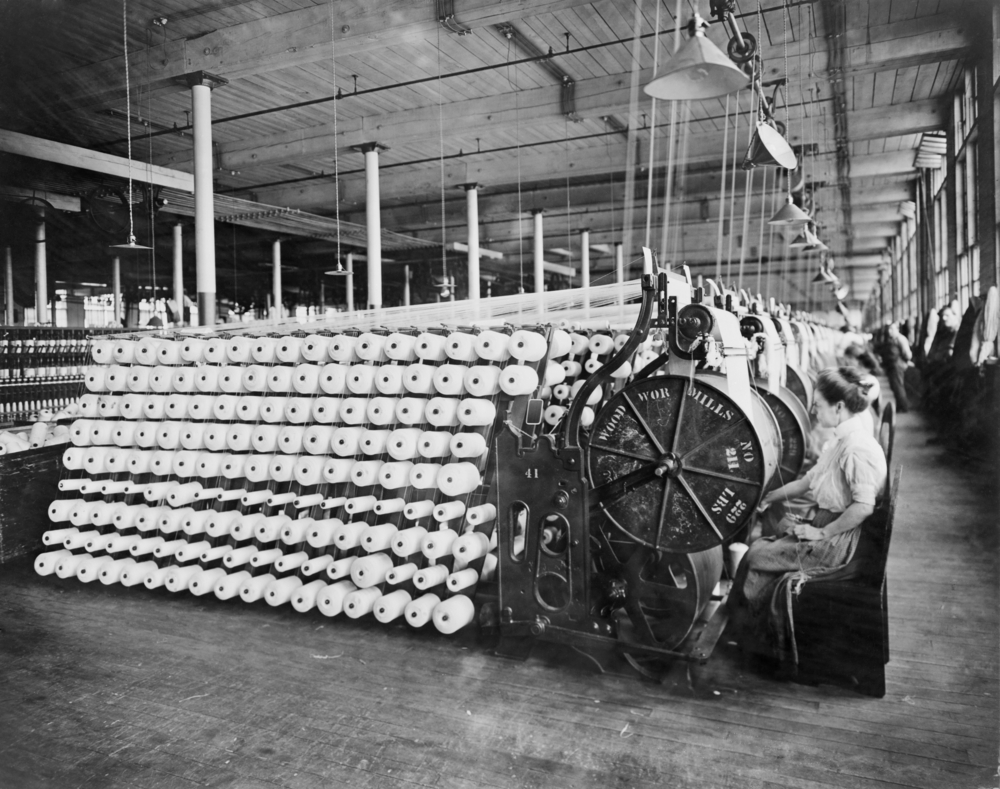 First Industrial Revolution
First Industrial Revolution
1784 marked the beginning of the First Industrial Revolution, which introduced the use of steam, water, and mechanical production equipment. This transition allowed for the more efficient production processes in manufacturing. The textile industry was the dominating player during this time period, however, almost every industry was improved during this time. The First Industrial Revolution began in the United Kingdom.
Second Industrial Revolution
The Second Industrial Revolution began in the second half of the 19th century and included the widespread of adoption of technological systems such as the telegraph and railroads, gas and water supply, and sewage systems, which until this time had been limited to a select few cities. The division of labor, the adoption of electricity and the extensive use of mass production defined this industrial period.
Third Industrial Revolution
The explosion of electronics, information technology, and automated production process marked the period that is known as the digital or Third Industrial Revolution. The transition from mechanical and electrical systems to the widespread use of digital electronics introduced the use of computers and digital record keeping. This revolution marked the beginning of the Information Age, which included the use of computers, digital cell phones, and the Internet.
Fourth Industrial Revolution
We are currently in the beginning phases of the Fourth Industrial Revolution that is expanding at an exponential rate. This new revolution revolves around the cyber universe. Billions of people around the world being connected through mobile devices that have unprecedented power, breakthroughs and new technologies like artificial intelligence, robotics, autonomous vehicles, 3D printing, nanotechnology, biotechnology, and so much more. Virtually every industry has been or will be changed due to this explosion of technology that will change the global marketplace. Efficiency and productivity will increase, transportation costs will drop, communication is easier than ever, supply chains will be even more effective and the cost of trade will decrease. All these changes will open up the opportunity for more economic growth and new competitive markets, meaning more slices of the pie in the marketplace.
If you’re looking for a new supplier of industrial components for your manufacturing process, look no further than Industrial Components Group for all your needs. Check them out at www.industrialcomponentsgroup.com for more information and to request a quote!


